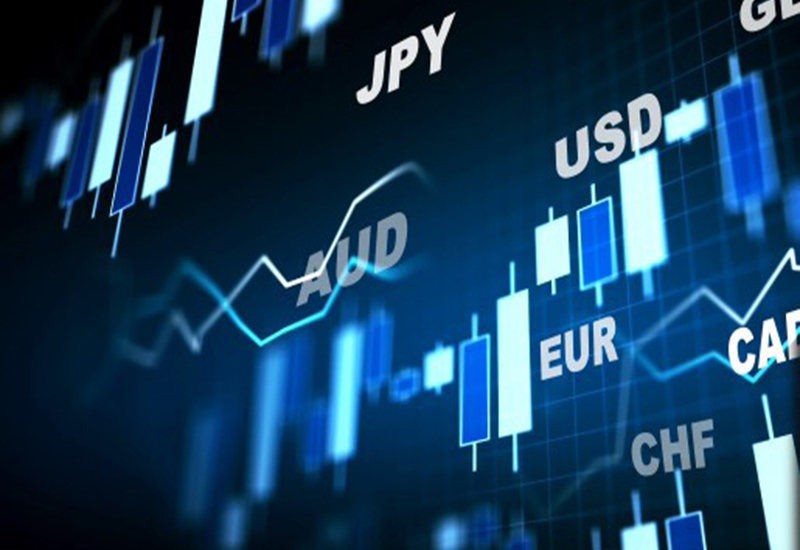An acronym for Stock Exchange-Traded Fund, ETF refers to a group of securities, specifically, stocks, bonds, commodities, or a mix of any of these.
Stock ETFs can be bought or sold through brokerage firms. ETFs are much like these assets:
- Mutual Funds – ETFs share a number of benefits with Mutual Funds. One obvious departure that makes ETFs more appealing is that these require relatively lower fees, unlike U.S. equity funds.
- Stocks – As with common stocks, ETFs are traded through exchange platforms bearing unique ticker symbols. These symbols track the activity on prices. Only stocks represent a singular entity, whereas ETFs have access to multiple industries.
An ETF is not a one-stop solution and should be assessed in accordance with individual merits like costs on commissions and management (if needed) how one can easily buy or sell it, and each investment’s value.
What one can benefit from delving into ETFs is that trading such does not require purchasing all the funds’ components. The prices in which the market still determines ETFs trade. ETFs, depart from assets with consideration to expenses and longer-term returns.

ETFs work through these 3 steps:
- The provider takes a plethora of assets and places them in one basket. The provider also includes a unique ticker.
- Interested investors may opt to purchase a share of the basket.
- Buyers and sellers trade the ETF within a day’s trading.
Where to Trade ETFs
One may trade ETFs from online brokers and old-school broker-dealers. There is also what’s called “robo-advisors.” These entities use ETFs in their investments.
Vanguard Total Stock Market ETF
Tracking how the CRPS U.S. performs, the Vanguard Total Stock Market ETF, or VTI, has come back to 7.3% since 2001, its year of creation. This is the weight index for the capitalization of a market. It accounts for the measurement of the entirety of the American equity market.
It is seen as an ETF that is well-diversified that holds and effectively manages 3,600 stocks. The main industry that it handles is a technology with its top holdings being, Apple, Google, and Microsoft.
The VTI has a relatively low expense ratio. It keeps tabs on the wider stock market and is tight on a beta of 1, hence turning it to a low-cost method that grants U.S. equity market exposure.

ETF vs. Stock
While the differences between ETFs and Stocks cannot be easily delineated, one can take note of the following:
Stocks show an interest in ownership among companies. This allows for the trading within the confines of regulated and casual markets. A trader is given a greater degree of control of his or her investments and permits investment and decision over operations within companies. What these telegraphs are that one can invest freely on private entities and therefore renders the trader greater flexibility.
ETFs, on the other hand, are considered as implements for traders to place their money on numerous securities simultaneously. It allows for either the tracking of bigger market indexes or giving of the trade altogether to the entity that runs the fund.
The apparent similarity between the two is that both can be traded in the markets in the same manner. As such, they are pitting ETF vs. Stock is needless; one can choose between the two and weather, which would prove more lucrative.
Preferred Stock ETF
Stating the obvious, Preferred Stock ETF is a classification of ETF that lets investors purchase a portfolio of Preferred Stocks. Furthering the explanation, Preferred Stocks are a cross between bonds and common stocks. These are equity securities not unlike common Stocks, save for bond-like income characteristics.
A Preferred stock ETF is designated as a par value. These pay a specific rate of interest. It is normal for its value to move erratically in light of interest rates’ rising and falling. It is also considered unique as these are given priority should the private issuer be proceeded by both liquidation and bankruptcy.
ETF Investment: Advantages and Disadvantages
The Good:
- Much like in industries, ETFs let investors diversify. Money and effort are required. Through this diversification that risk management is performed.
- There are ETFs that focus on industries.
- ETFs have access to numerous stocks within a number of industries.
- ETFs’ expense ratios are at a low. Broker commissions are few as well. Risk management is done through diversification.
The Not-so Good
- Actively-managed ETFs (those that have an appointed manager or group that makes and implements decisions) bear fees that are higher.
- ETFs focusing on a single industry limits diversification
- ETFs lacking liquidity ultimately prevents transactions
In Recap
- Stock Exchange-Traded Fund or simply, ETF is a clump of securities traded exchanges.
- Its share prices constantly move with investors buying and selling it. ETFs trade only once a day when the market closes
- There are different types of ETFs that may contain different kinds of stocks; these may either be exclusive to the United States or available globally
- Expense ratios are at a low. Commissions are few as well. Risk management is done through diversification.
Read more:
How to trade ETF — Guide for beginners
